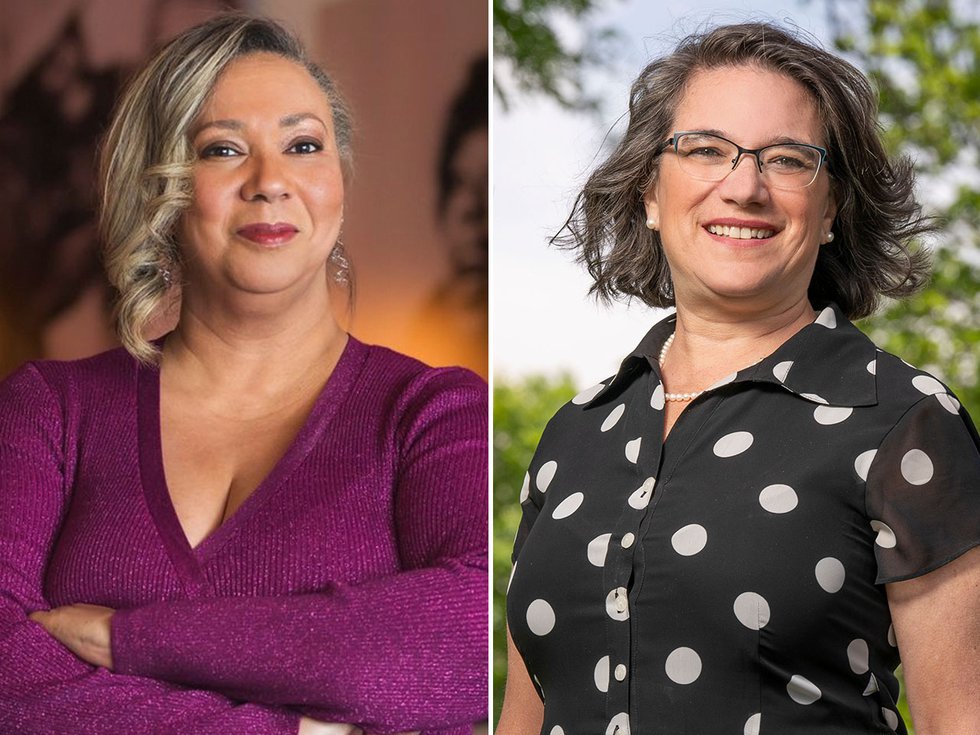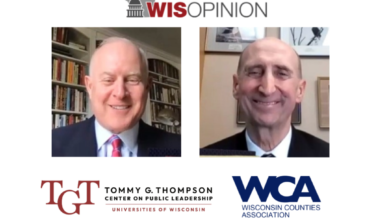What could a new Dane County executive do to address the housing crisis? – Isthmus


One moment prompted the most noise during a county executive candidate forum largely focused around racial equity hosted by a variety of local groups including Madison’s Urban Triage and the Madison Women’s International League for Peace and Freedom. Candidate Dana Pellebon was responding to an audience-submitted question over what she and her opponent, Melissa Agard, would do to address Dane County’s housing issues.
As part of her answer, Pellebon said that “‘affordable housing’ is not affordable.” The audience of around 40 people erupted into applause.
The reaction at the Sept. 19 forum reflects just how expensive and inaccessible housing has become in Dane County, Wisconsin’s second-largest county. The county’s severe housing shortage has forced action from a state flagship university looking to house its ever-growing student population and challenged local employers hoping to grow their ranks. Madison Mayor Satya Rhodes-Conway in 2023 called a lack of housing the “defining problem of our region right now.”
According to Dane County’s 2024-28 housing roadmap, one in four Dane County households are cost-burdened, meaning they spend more than 30% of their gross income to pay for housing. Renters are affected too: In 2022, Dane County’s median monthly rent, $1,258, was $266 dollars above the statewide average, according to the Wisconsin Policy Forum.
Pellebon, executive director of the RCC Sexual Violence Resource Center, and Agard, a state senator representing the Madison area, sounded similar themes while discussing plans to tackle county housing shortages. They want to adhere to the Dane County Regional Housing Strategy, invest in partners that provide affordable housing and close access gaps in housing, particularly those related to affordability.
“As Dana pointed out, oftentimes, people think affordable housing is $1,500 a month,” Agard said. “That’s not the case for people in our community.”
Similarities between the progressive candidates on housing — and numerous other issues covered at the forum — left east-side Madison resident Jonathan Brown-Cox still unsure of who he’d vote for on Nov. 5. “Both have really good answers to a lot of the problems we’re having in the community.”
The county executive will inherit Dane County’s 2024-28 Regional Housing Strategy, a roadmap for how the county can make housing more available and affordable — including by producing 139,000 new housing units by 2040. The 80-person committee that produced the plan said roughly a quarter of those units should be affordable to a four-person family earning 60% of Dane County’s area median income (up to $75,540 per year for a family of four). Creating a regional understanding of housing issues through this planning process was key, says Kurt Paulsen, a UW-Madison professor of urban planning.
But the county — and by extension the county executive — has limited ability to directly tackle housing affordability and accessibility. Under state law, municipal governments control zoning and the use of tax incremental financing to encourage development. Counties can only zone unincorporated land, with the cooperation of a town.
Jnae Thompson of Freedom Inc., a moderator of the Sept. 19 forum, asked how the candidates would address the gentrification of South Madison. “South Madison has been growing for the wealthy, leaving generations of Black people out. What will you do to preserve generations of Black families that want to stay?”
In response, Agard and Pellebon both acknowledged that the county has limited power in this regard. “We don’t necessarily build housing,” said Pellebon.
Constructing new affordable housing would entail the county developing relationships with municipal leaders. Agard noted that she “honors local control,” given her experience working in the Capitol for 12 years where she observed the Republican Party continually “dismantle” local governments’ authority. Agard said progress on housing issues has to start with voters choosing candidates on the local and state level who “share our values.” Those are the people, she added, who “make the decisions about gentrification, about zoning.”
The county executive does have the power of the purse and, through the annual budget process, has influence over housing funds. This includes the Affordable Housing Development Fund, which has awarded more than $40 million to more than 45 projects since it was created in 2015 under former Dane County Executive Joe Parisi. Agard proposed “focusing” on the fund during the forum and said the county should continue to incentivize affordable housing projects like the Bayview Apartments, where most residents are people of color.
“Dane County needs more housing of all types, but we really need to make sure that we’re paying attention to the housing needs of folks who are under the enrollment of County Human Services,” Agard said, noting that the Regional Housing Strategy does not draw specific plans for how to tackle housing challenges faced by marginalized groups: “Those are people who Dane County needs to take care of. They’re the most vulnerable people in our communities.”
Pellebon suggested further investment in organizations like the Madison Land Trust, which sells homes at an affordable cost to families that earn up 80% of the area median income ($105,650 annually for a five-person household). The organization has more than 60 homes in its trust and selects buyers based on who has the highest need. Pellebon also said that the county could look at issuing housing bonds — tax-exempt loans with which developers can finance projects — for smaller units, and use the bonds to mandate affordable units.

